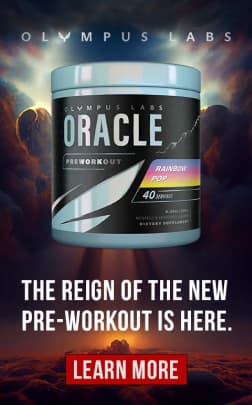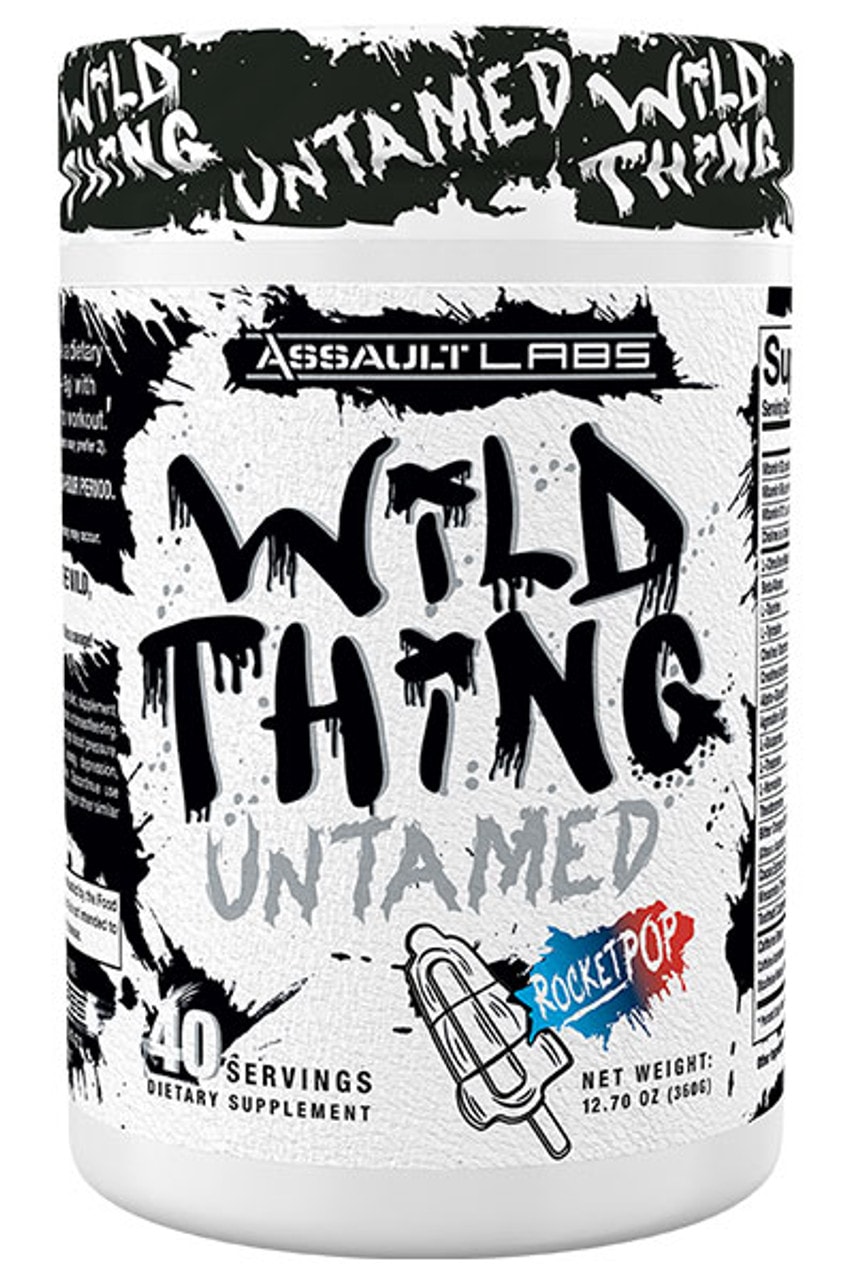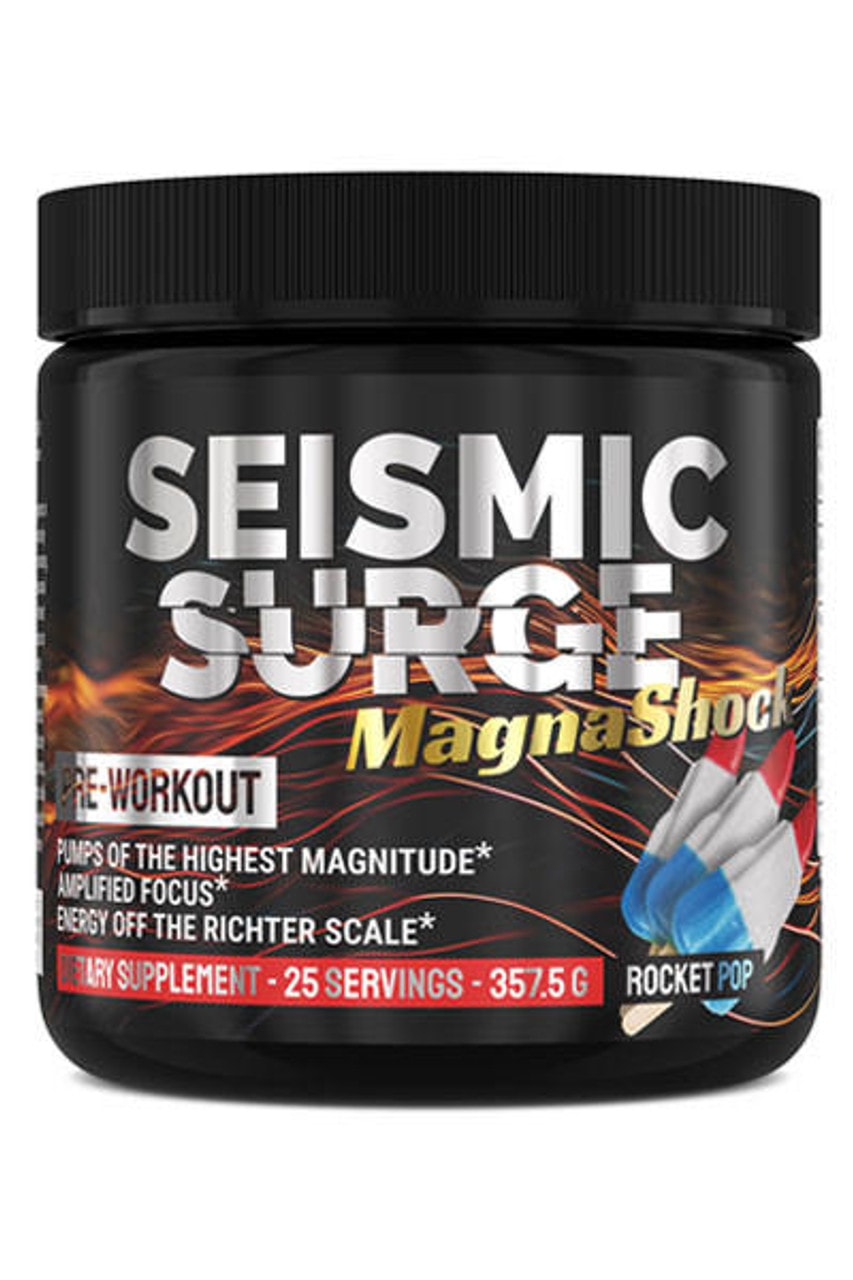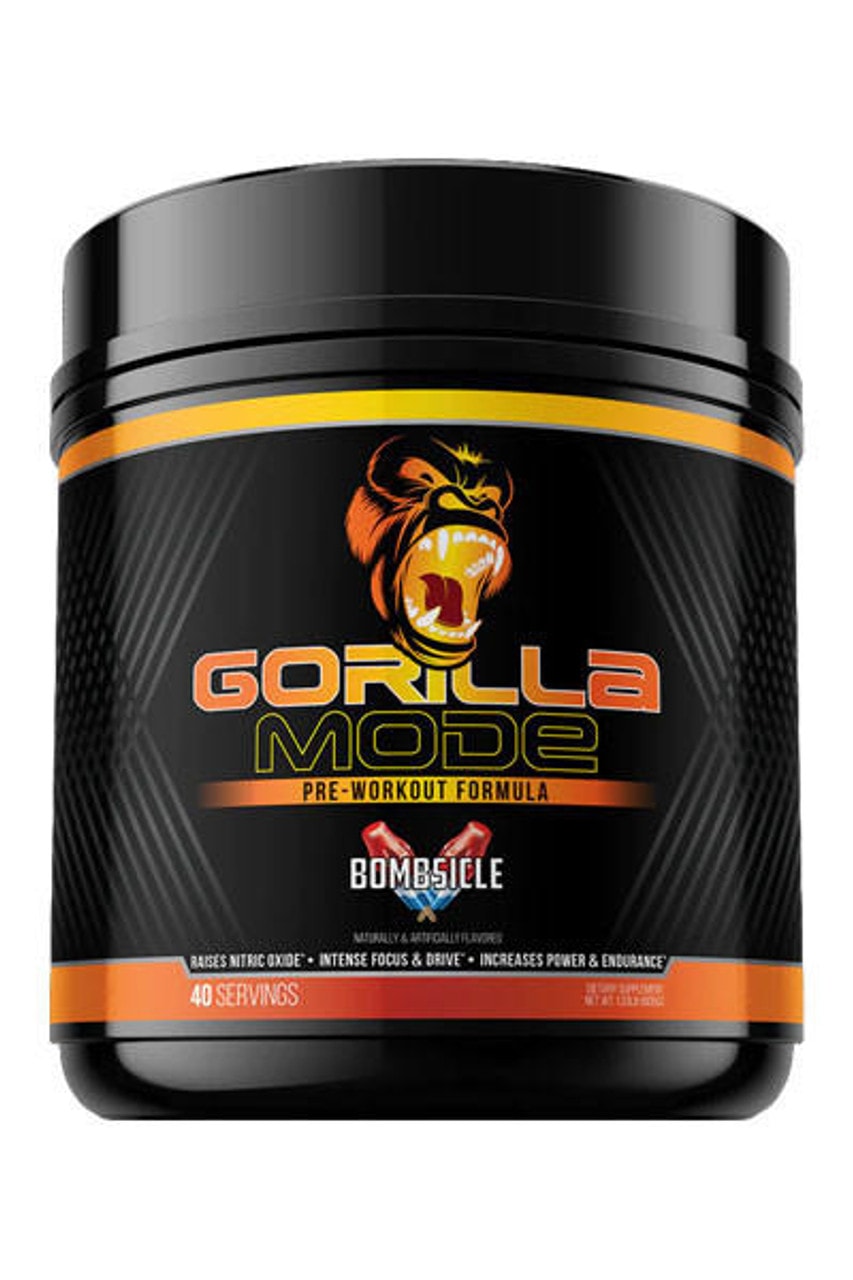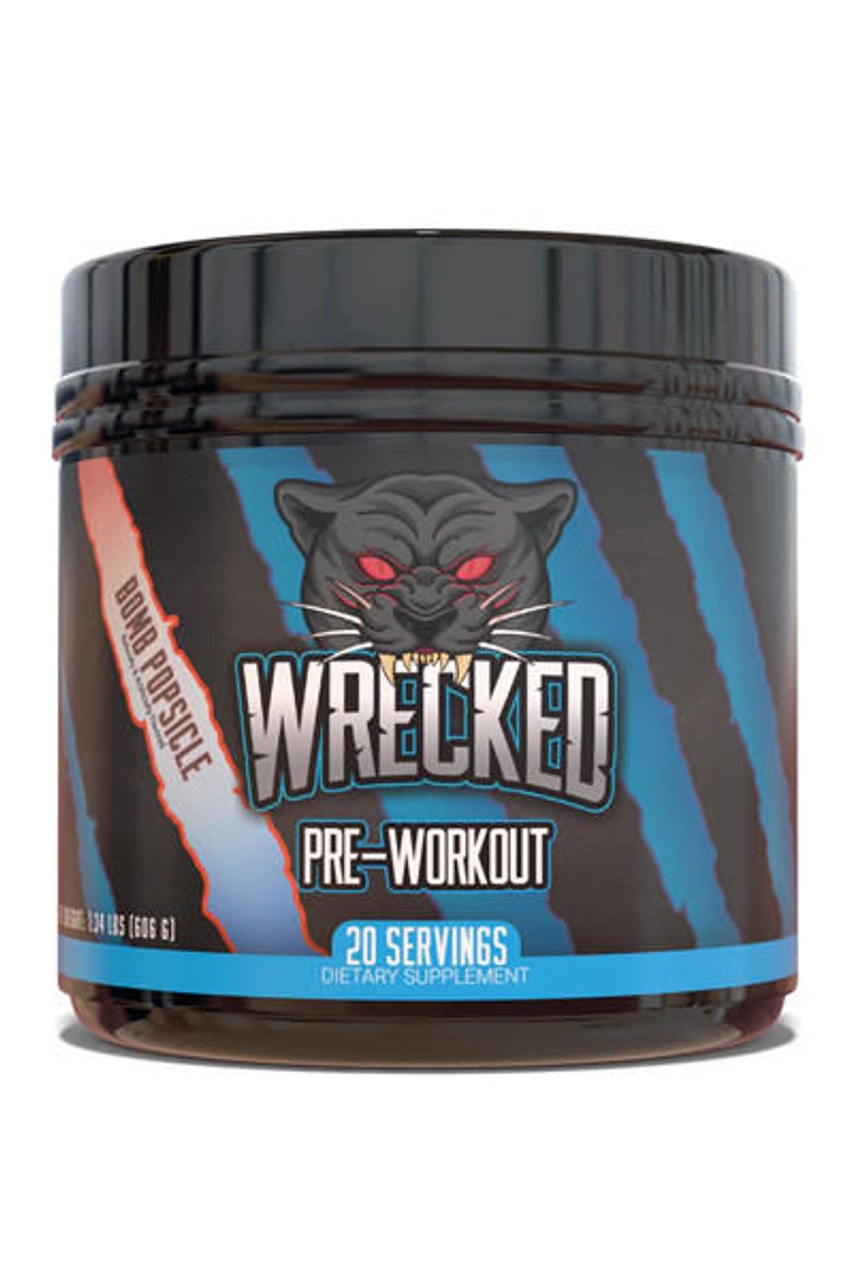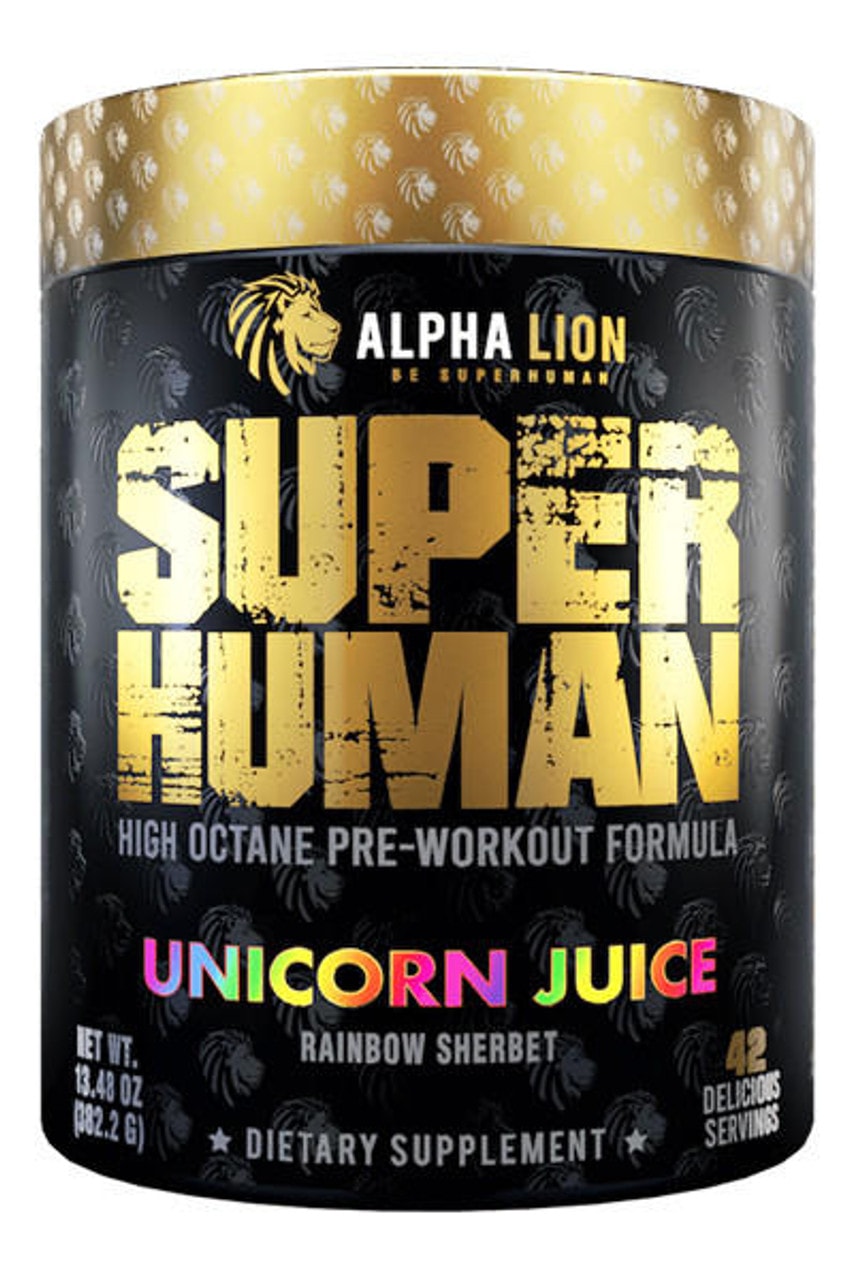Low Bar Squat: Technique, Benefits, Variations, and More
Posted by Leonard Shemtob on Jan 02, 2025
The low bar squat is one of the most effective exercises for building lower body strength and power. It’s a variation of the traditional squat but with the barbell positioned slightly lower on your back. This small change can make a big difference in how you lift and the muscles you work.
In this article, we’ll break down everything you need to know about the low bar squat—what it is, how to do it properly, and the benefits it offers. We’ll also discuss the muscles worked and explore some variations.
[Related Article] Pendulum Squat: Benefits, Form, and How to Master It
Short Summary
- What is the Low Bar Squat? A squat variation where the barbell is placed lower on your back, targeting the posterior chain (glutes, hamstrings, and lower back).
- Benefits of the Low Bar Squat: Helps you lift heavier weights, improves overall strength, and reduces stress on the knees compared to high bar squats.
- How to Perform It Properly: Position the bar below the shoulders, maintain a tight upper back, hinge at the hips, and keep the movement controlled.
- Muscles Worked: The low bar squat relies on multiple muscle groups like the glutes, hamstrings, quads, and lower back.
- Variations to Try: Includes paused squats, box squats, and tempo squats to add variety and challenge to your workouts.
- Get Ready for Your Workout: Before you hit the gym, consider trying our top-rated pre-workout supplement, Wild Thing. It boosts energy, enhances focus, and helps you achieve a powerful pump during your workout.
What’s a Low Bar Squat?
A low bar squat is a type of squat where the barbell is placed lower on your back, resting on your rear deltoids (the muscles at the back of your shoulders).
Unlike the high bar squat, where the bar sits higher on your upper traps, the low bar squat requires you to lean forward more during the movement. This allows you to lift heavier weights because it uses more of your body’s larger muscles, which are stronger.
How to Perform a Low Bar Squat
- Set Up the Bar: Start by positioning the barbell on a squat rack at about chest height. Make sure it’s secure and balanced before you begin.
- Position the Bar: Stand under the bar with your feet shoulder-width apart. Duck down and place the bar across your rear deltoids (just below your traps). Your hands should grip the bar slightly wider than shoulder-width.
- Lift the Bar Off the Rack: Push up with your legs to lift the bar off the rack. Take a small step back, standing with your feet about shoulder-width apart, and ensure your balance is stable.
- Brace Your Core: Before starting the squat, tighten your core by taking a deep breath. This will help protect your spine during the movement.
- Squat Down: Bend your knees and push your hips back as you lower your body. Keep your chest up and your back straight. Lower until your thighs are parallel to the floor or deeper if possible.
- Stand Back Up: Push through your heels and drive your hips forward to return to the starting position. Keep your core engaged and avoid rounding your back.
Low Bar Squat: Muscles Worked
The low bar squat targets several key muscles in your lower body and core. Here’s a breakdown of the main muscles worked:
- Glutes (Buttocks): The low bar squat places a lot of emphasis on your glutes. As you push your hips back and squat down, your glutes work hard to extend your hips and return you to the standing position.
- Hamstrings (Back of the Thigh): The more you lean forward in the low bar squat, the more your hamstrings are engaged. They help control the descent and assist in pushing your body back up.
- Quadriceps (Front of the Thigh): Located at the front of your thighs, the quadriceps are heavily engaged as you lower and rise from the squat. They help extend your knees.
- Lower Back: Your lower back muscles (erector spinae) are responsible for keeping your spine stable as you squat. They help maintain proper posture and prevent rounding of your back.
- Core (Abdominals and Obliques): Your core muscles work to keep your body balanced and stable. They help protect your spine and assist in controlling your movement throughout the squat.
- Calves: The calves also get some work, especially as you push through your feet to stand up. They help stabilize your lower legs and keep you steady during the squat.
Benefits of Low Bar Squats
- Increases Strength: Because the low bar squat allows you to lift heavier weights, it’s great for building overall strength, especially in your lower body. The more weight you can handle, the stronger you’ll get.
- Targets the Posterior Chain: The low bar squat works your glutes, hamstrings, and lower back more than the high bar squat. This helps you build a stronger posterior chain, which is important for overall athletic performance.
- Improves Squat Performance: By focusing on the hips and glutes, the low bar squat can help improve your overall squat technique and increase your squat max, making it especially useful for powerlifters.
- Improves Core Stability: Performing low bar squats engages your core muscles, which helps improve your overall stability and balance.
- Reduces Knee Stress: Compared to high bar squats, the low bar squat places less strain on your knees. This makes it a good choice for people with knee problems or anyone looking to reduce knee stress during squats.
- Increases muscle mass: By working multiple muscle groups simultaneously, low bar squats are excellent for building muscle throughout your lower body and back.
- Builds Power: The low bar squat helps develop explosive power, which is important for athletes and anyone looking to improve their athletic performance.
- Better Technique for Heavy Lifting: The position of the bar helps you maintain a stronger and more stable posture, making it easier to handle heavy weights safely.
- Enhances athletic performance: Increased strength and power translate to better performance in various sports and activities.
Common Low Bar Squat Mistakes
- Incorrect Bar Placement: Placing the bar too high or too low can compromise your form and put unnecessary stress on your shoulders and back.
- Rounding the Back: This is a major no-no and can lead to serious back injuries. Keep your back straight and your core engaged throughout the movement.
- Not Hitting Depth: Not squatting deep enough (hip crease below the knees) reduces the effectiveness of the exercise.
- Leaning Too Far Forward: While some forward lean is normal in a low bar squat, leaning too far forward can cause you to lose balance. Make sure your chest stays up and your hips are driving the movement, not your back.
- Letting Your Knees Collapse Inward: Your knees should stay in line with your toes. If they cave inward, it can put extra stress on your joints and reduce the effectiveness of the squat.
Low Bar Squat Variations
Here are a few ways to mix up your low bar back squats:
- Paused Low Bar Squat: At the bottom of the squat, you hold the position for a brief pause (usually 1-3 seconds) before standing back up. This increases time under tension and helps strengthen the bottom part of the lift.
- Tempo Low Bar Squat: You control the speed of each part of the lift. For example, you might lower the weight slowly (e.g., 3-4 seconds), pause briefly at the bottom, and then stand up at a normal speed. This helps improve muscle control and strength throughout the entire range of motion.
- Box Low Bar Squat: With this variation, you squat down onto a box or bench at the bottom of your movement. It helps you control depth, improve your squat form, and develop power from a seated position before standing back up.
- Safety Bar Squat: Use a safety squat bar instead of a regular barbell. This variation takes some pressure off your shoulders and helps you maintain better form. The safety bar squat is a great variation for lifters with limited shoulder mobility or those looking to challenge the squat pattern with a slightly different approach.
Low Bar Squat vs High Bar Squat: Key Differences
While both high bar and low bar squats are great for building strength, there are some key differences between them:
Bar Position:
- Low Bar Position: The bar sits lower on your back, resting just below the traps on your rear deltoids.
- High Bar Position: The bar rests higher on your back, on top of your traps, closer to your neck.
Body Position:
- Low Bar Squat: The lower bar position forces you to lean forward slightly, which shifts more of the work to your hips and hamstrings.
- High Bar Squat: The higher bar position keeps your chest more upright, which places more focus on your quads.
Muscles Worked:
- Low Bar Squat: Works your glutes, hamstrings, lower back, and hips more, with less emphasis on the quads.
- High Bar Squat: Places more emphasis on your quads and upper legs, with slightly less focus on the hips and lower back.
Range of Motion:
- High Bar: Often results in a slightly deeper squat due to the more upright torso, allowing for greater knee flexion.
- Low Bar: The forward lean can sometimes limit the depth slightly, although achieving proper depth (hip crease below the knee) is still essential.
Weight Lifted:
- High Bar: Generally, lifters can handle slightly less weight in the high bar squat compared to the low bar squat.
- Low Bar: The biomechanics of the low bar squat often allow for heavier loads to be lifted due to the greater involvement of the posterior chain, which are generally stronger muscle groups.
Weight Lifting Style:
- Low Bar Squat: Often used by powerlifters because it allows for heavier lifting due to the more horizontal position and greater use of the hips.
- High Bar Squat: Preferred by Olympic lifters and bodybuilders for its emphasis on vertical posture and quad activation.
Top Pre-Workout Supplements to Power Your Workouts
1. Wild Thing by Assault Labs
Wild Thing is formulated with amino acids, creatine, and other nutrients to support your muscles during workouts. It includes nootropics to enhance focus and energy, helping you stay engaged throughout your training session.
Its blend of caffeine, featuring ZumXR®, Infinergy®, and other forms of caffeine, provides both an immediate boost and sustained energy for the duration of your workout.
Key Benefits
- It increases your energy levels.
- It improves your focus.
- It enhances your strength.
- It boosts your pumps.
- It helps increase your muscle endurance.
- It speeds up muscle recovery.
- It helps reduce muscle fatigue.
- It enhances cognitive functions.
Key Ingredients
- DiCitrulline Malate
- Beta-Alanine
- Alpha-Glyceryl Phosphoryl Choline
- Agmatine Sulfate
- Creatine Anhydrous
- L-Glutamine
- Choline Bitartrate
- Caffeine Anhydrous
- L-Tyrosine
- L-Norvaline
- ZumXR®
- Huperzine A
- Infinergy®
- Cocoabuterol®
- Thinkamine®
Customer Reviews
 Best on Market
Best on Market
“Gives you the right amount of kick, without any of the drawbacks. Perfect”
-Tyler R.
 A nice HIT
A nice HIT
“It’s awesome!! I get a super nice focus and helps me maximize my sets & reps”
-Juan G.
 Wild thing indeed
Wild thing indeed
“Best Pre-workout I have taken by far. I usually use total war by Redcon1 but this is definitely a better option in every way.”
-Tunde S.
2. Seismic Surge by Hard Rock Supplements
Seismic Surge is designed to enhance strength, stamina, and energy during workouts. It helps push your body through plateaus and provides a sustained energy boost to keep you focused and strong throughout your session.
Key Benefits
- It increases your energy levels.
- It enhances your muscle pumps.
- It boosts your muscle endurance.
- It improves your mood.
- It enhances your focus and overall concentration.
- It increases your metabolism.
- It helps improve your strength.
- It speeds up your muscle recovery.
Key Ingredients
- Beta-Alanine
- Caffeine Anhydrous
- Alpha Yohimbine Hydrochloride
- 1,3,7 Trimethylxanthine (Delayed Caffeine)
- Theobromine
- Gamma-Aminobutyric Acid
- L-Citrulline Malate 2:1
Customer Reviews
 Great Product
Great Product
“Seismic Surge best pre workout I have taking in last 30 years.”
-Sarge
 WOW - Amazing Experience
WOW - Amazing Experience
“I call this an experience becusae thats what it feels like! Take a scoop or if you want to fly take 2 and go on a journey thats like no other and oh yea when the ship finally lands you completed the workout of your life.”
-Josesph
 Very potent
Very potent
“Strongest preworkout I have ever used including original craze and speed x2.”
-Dave
3. Gorilla Mode Pre Workout by Gorilla Mind
Gorilla Mode is a pre-workout formula designed to support performance during workouts. Its formulation includes several ingredients intended to enhance endurance, muscle pumps, and energy levels.
Key Benefits
- It increases your energy.
- It improves your motivation.
- It boosts your muscle pumps and vascularity.
- It improves your strength.
- It enhances your power.
- It boosts your mental focus.
- It helps improve your endurance.
Key Ingredients
- L-Citrulline
- Creatine Monohydrate (micronized)
- GlycerPump™ (65% Glycerol Powder)
- Malic Acid
- Betaine Anhydrous
- L-Tyrosine
- Agmatine Sulfate
- Caffeine Anhydrous
- N-Phenethyl Dimethylamine Citrate
- Bioperine® (black pepper fruit extract)
- Huperzine A (Huperzia serrata leaf standardized extract)
Customer Reviews
 Amazing pumps
Amazing pumps
“On my 2nd jar of Gorilla Mode now and I've been loving the pumps and energy I get from it. I started with one scoop for the first few days then increased to 2 scoops. The difference from 1 to 2 scoops is very noticeable. Way more energy”
-Jason
4. Wrecked Pre Workout by Huge Supplements
Wrecked is a pre-workout formula from Huge Supplements containing 17 ingredients. Its 30-gram serving is designed to provide energy, focus, muscle pumps, and support workout performance. The formulation is intended to support strength, nutrient delivery, and workout results.
Key Benefits
- It enhances your energy levels.
- It improves your focus.
- It boosts your endurance.
- It helps increase your pumps..
- It promotes your strength.
Key Ingredients
- L-Citrulline
- Beta-Alanine
- Betaine Anhydrous
- S7
- Theobromine
- Agmatine Sulfate
- L-Tyrosine
- Hydromax
- Alpha GPC
- Eria Jarensis Extract
- Lions Mane Mushroom Powder
- Rauwolscine
Customer Reviews
 Insane pumps, energy, focus, and motivation!
Insane pumps, energy, focus, and motivation!
“Started out with a heaping scoop to feel it out and holy moly... this stuff hits hard! Slowly working my way up to 2 scoops but even at 1 scoop this is by far one of the strongest preworkouts I've ever tried. Everything from the formula down to the flavoring ticks all the right boxes for me. Definitely my new favorite pre!”
-Jackson
 Get Huge be Huge Stay Huge
Get Huge be Huge Stay Huge
“I take it first thing upon waking before my workout when I’m on night shift. Shakes off the cobwebs and gives me a laser focus to maximize the reps and sets. Great taste and mixes just fine. Definitely recommended”
-Josh L.
5. SuperHuman Pre Workout by Alpha Lion
SuperHuman Pre-Workout combines two forms of caffeine with L-Theanine to provide clean, long-lasting energy and focus without the crash. It also includes S7, a blend shown to increase nitric oxide levels by 260%, and Nitrosigine, a patented complex designed to enhance pumps by boosting nitric oxide production.
Key Benefits
- It enhances your strength.
- It improves your endurance.
- It increases your energy levels.
- It boosts your focus.
- It helps improve your muscle pumps.
Key Ingredients
- Beta-Alanine
- S7
- Dual Sourced Caffeine
- Betaine Anhydrous
- L-Taurine
- AstraGin
- L-Citrulline Malate
Customer Reviews
 GREAT PRE!
GREAT PRE!
"Probably top 5 pre workout.
Great ingredients and loaded with enough to get you powering through your training session without crashing afterwards! Definitely going to keep in the rotation."
-J
 Great overall pre
Great overall pre
"I wanted to leave a review because im on my second tub and love the feeling and energy I get from this preworkout. It tastes great too. Thanks."
-Alex J.
 my review
my review
“Here is my review: does it work yes, do you have more energy and are you more locked in on your wokrout -yes. Is it the best pre in the world - no. Will I use it again - maybe. I like wild thing better, and also seismic surge but its good to mix these up so i dont build a tolerance, so I will probably get it again in a few months.”
-Michael
FAQs: Low Bar Squat
Q: What’s the main difference between low bar and high bar squats?
A: The main difference is the position of the bar. In a low bar squat, the bar rests lower on your back, across your rear deltoids, which requires a more forward lean. In a high bar squat, the bar sits higher on your upper traps, keeping your chest more upright.
Q: Can I incorporate low bar squats into my workout routine?
A: Absolutely! Low bar squats can be included in various workout routines focused on strength training, powerlifting, or general fitness.
Q: Who should do low bar squats?
A: Low bar squats are great for anyone looking to increase strength, especially powerlifters, athletes, or those focusing on building their posterior chain (glutes, hamstrings, and lower back). It’s also useful for people who want to lift heavier weights compared to high bar squats.
Q: How often should I do low bar squats?
A: The frequency of low bar squats depends on your overall training program and goals. Many lifters include them once or twice a week as part of their leg workouts.
Final Thoughts
The low bar squat is a powerful exercise that can help increase strength and build muscle, especially in the glutes, hamstrings, and lower back. It’s popular among powerlifters and athletes for its ability to handle heavier weights and target the posterior chain effectively.
Throughout this article, we’ve explored how to perform the low bar squat, the muscles it works, its benefits, and common mistakes to avoid.
Additionally, we’ve looked at variations and compared it to the high bar squat. Understanding these aspects can help lifters of all levels incorporate low bar squats into their workouts effectively.
Sources:
https://barbend.com/low-bar-back-squat
https://www.inspireusafoundation.org/low-bar-squat/
https://www.healthline.com/health/fitness-exercise/high-bar-vs-low-bar-squat
Written and Sponsored by Leonard Shemtob
Leonard Shemtob is President of Strong Supplements and a published author. Leonard has been in the supplement space for over 20 years, specializing in fitness supplements and nutrition. Leonard appears on many podcasts, written over 100 articles about supplements and has studied nutrition, supplementation and bodybuilding.
Leonard's articles have been published in many top publications around the web. Leonard enjoys weight training, playing basketball and yoga, and also enjoys hiking. In his free time he studies and works on improving himself. For more detailed information, visit his official blog.

